
AI and Edge Computing: A Next-Gen IT Strategy for Real-Time Insights
AI and edge computing form a next-generation IT strategy centered on processing data closer to the source, enabling real-time insights and reducing latency. As IoT adoption expands, edge computing becomes a critical enabler for real-time analytics, making it possible to analyze data at or near its collection point rather than sending it to a central cloud for processing. This shift is crucial in IoT applications requiring immediate responses, low-latency analysis, and efficient data handling.
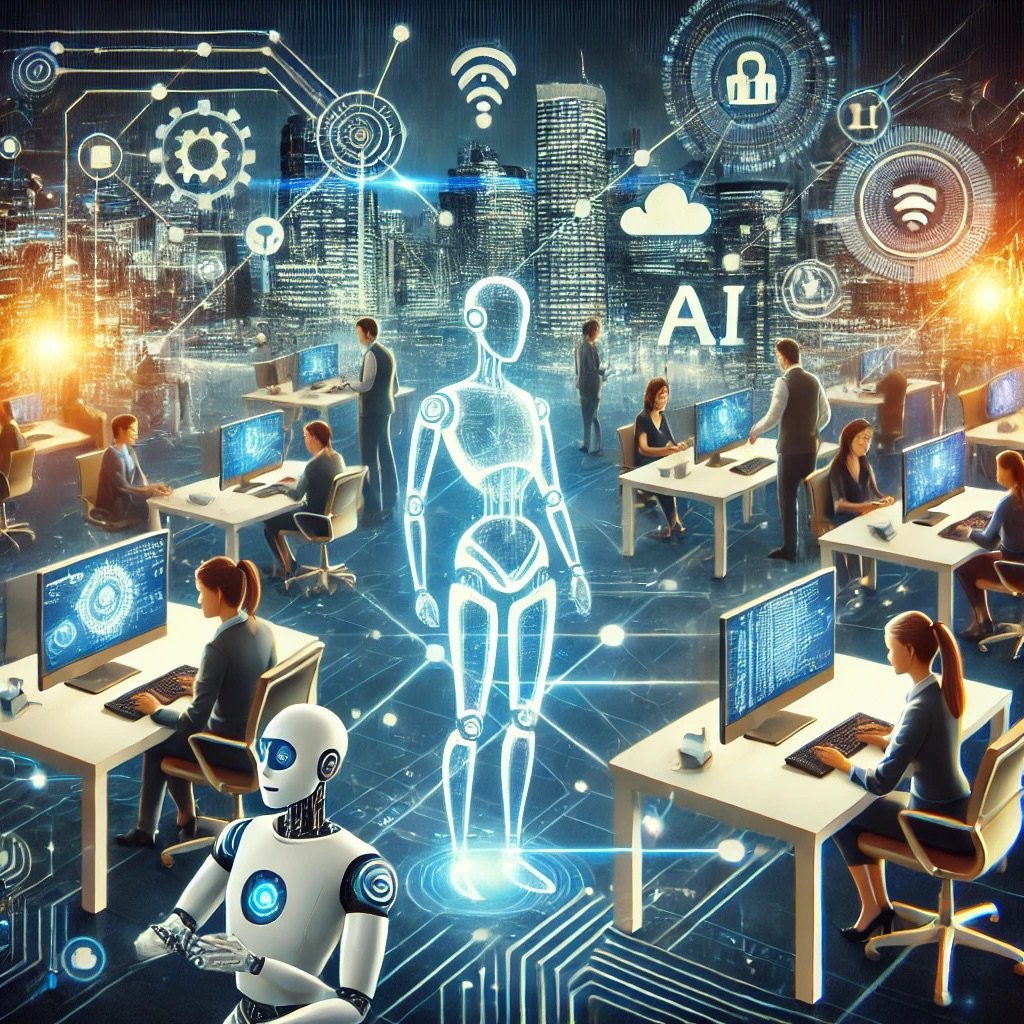
AI and the Future of Work: What Executives Need to Know
The broad expansion of artificial intelligence (AI) business use is transforming the modern workplace, ushering in a new era where businesses must adapt to rapid technological advancements. For executives, understanding the implications of AI on the workforce is essential for future success. As AI adoption accelerates, it is reshaping job roles, talent management practices, and the skills required for employees to thrive. While some tasks are being automated, AI is also augmenting human capabilities, leading to the creation of new roles and redefining existing ones. This transformation brings opportunities for enhanced productivity and innovation, but it also requires organizations to invest in upskilling and reskilling initiatives to prepare their workforce for the digital age.

How AI is Driving Strategic Decision-Making in the C-Suite
AI-enhanced decision-making refers to the integration of artificial intelligence technologies into the decision-making processes within organizations, allowing for more informed, efficient, and strategic outcomes. This approach harnesses the power of AI to analyze huge datasets, recognize patterns, and provide insights that human decision-makers may overlook. The application of AI in decision-making can take several forms, including full automation, human-in-the-loop scenarios, and human oversight, each with its own benefits and use cases. AI is transforming strategic decision-making in the C-suite by providing tools that enhance executive-level insights, improve forecasting accuracy, and optimize resource allocation.
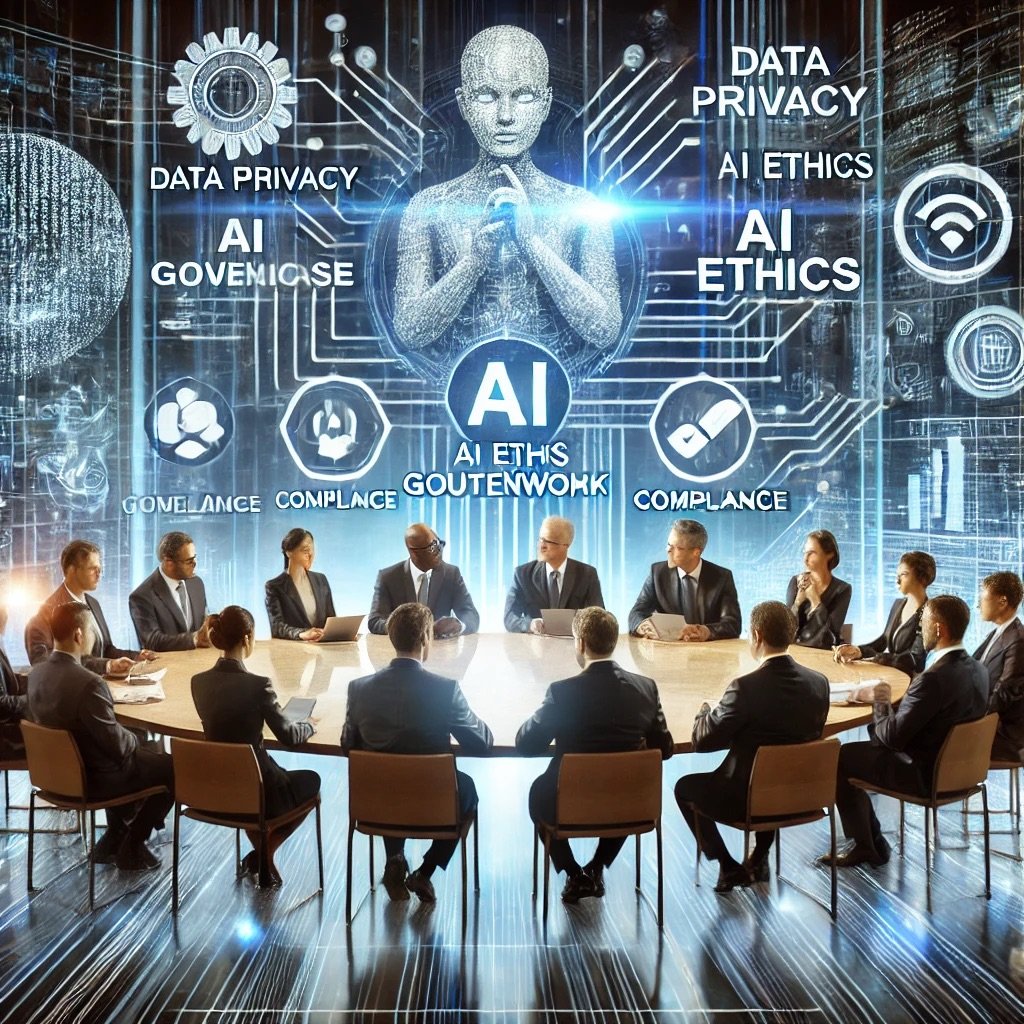
Navigating AI Governance: What C-Level Executives Should Prioritize
As AI technologies become integral to business operations, the importance of robust AI governance frameworks cannot be overstated. For C-level executives, effectively navigating AI governance means understanding how to harness AI's potential while mitigating risks and maintaining trust. This involves focusing on three key pillars: ethical AI use, data privacy, and regulatory compliance.
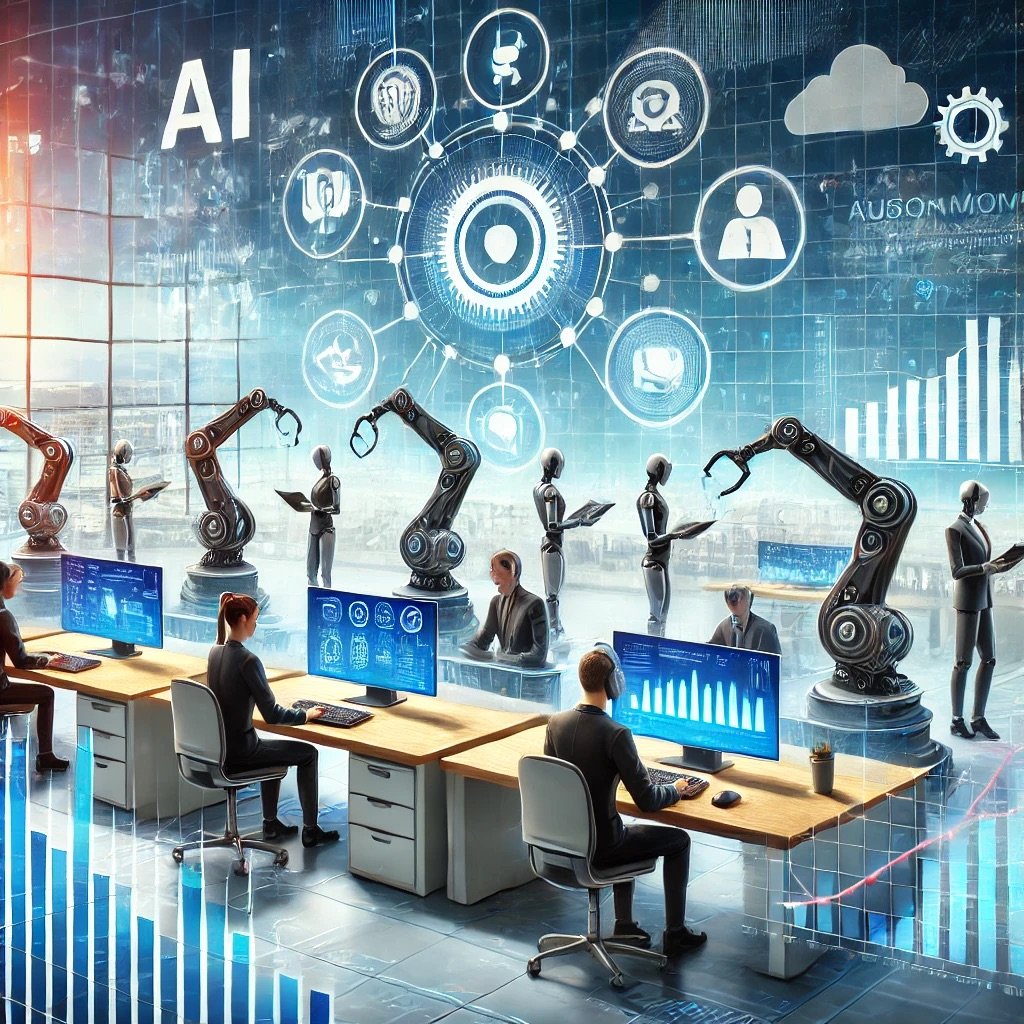
Unlocking Competitive Advantage with AI-Driven Automation
Unlocking competitive advantage with AI-driven automation is a key strategy for companies across various industries. AI-driven automation involves integrating AI technologies into business processes to execute tasks with minimal human intervention. This comprehensive approach encompasses various tools, methodologies, and applications, fundamentally transforming how organizations operate.

Future-Proofing Your Business: Why C-Level Leaders Must Prioritize AI Investments
As AI continues to reshape industries, businesses that fail to invest in this transformative technology risk being left behind. For C-level executives, embracing AI is not just about keeping up with the competition—it’s about future-proofing your organization in a world where AI is becoming a core driver of efficiency, innovation, and profitability.

Liquid Foundation Models: The Future of Adaptive and Scalable AI
Liquid Foundation Models (LFMs) are a new concept in AI and machine learning that aims to create flexible, adaptive, and continuously improving AI systems. The idea behind LFMs is to move beyond static, pre-trained models to create dynamic, self-updating systems that can evolve over time based on new data and user interactions. This approach makes AI more responsive, context-aware, and aligned with real-world scenarios.
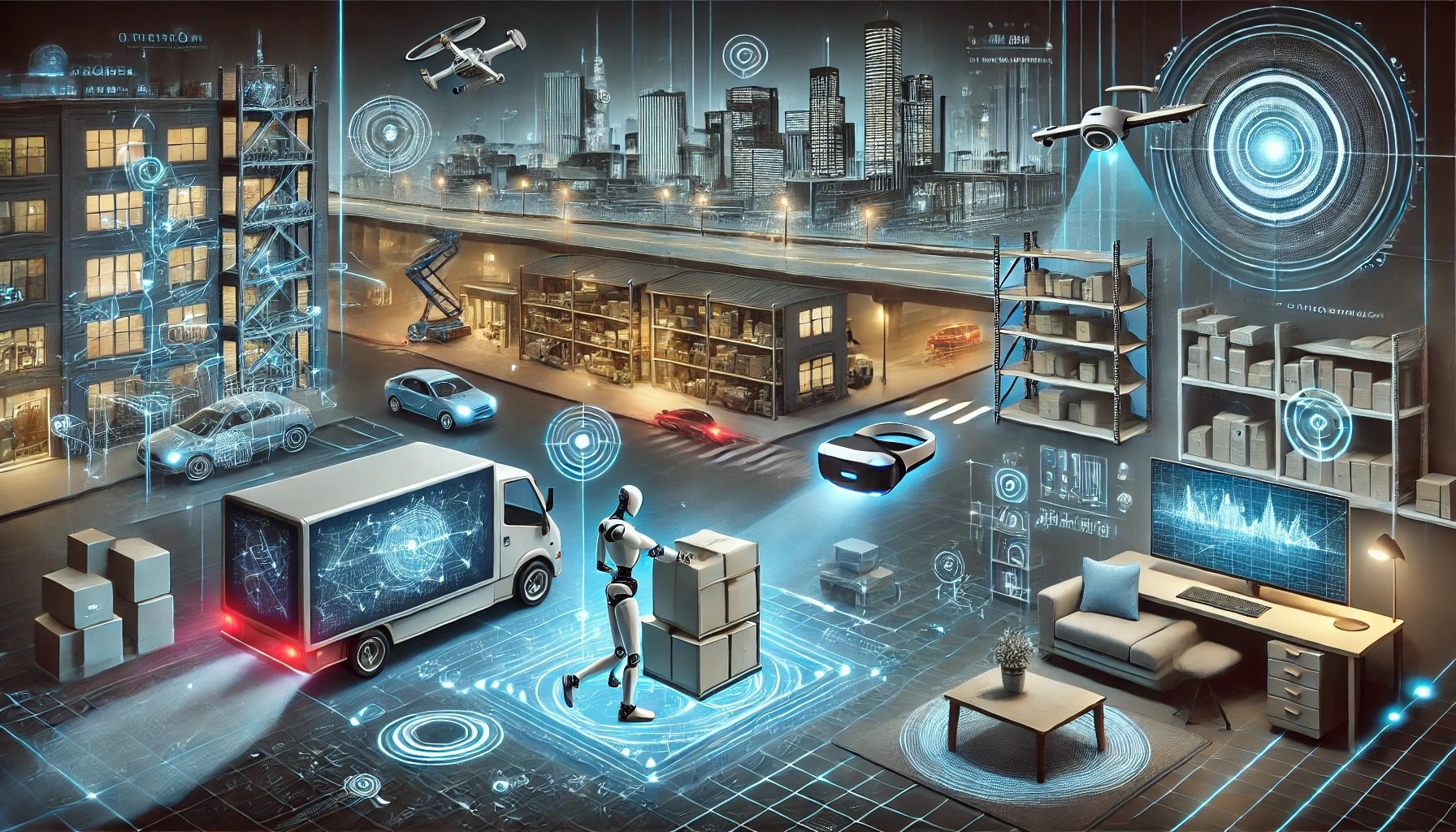
Exploring Spatial AI: Transforming Smart Cities, Robotics, and Augmented Reality
Spatial AI combines artificial intelligence with spatial awareness, enabling machines to understand and interact with the physical world in ways that were once science fiction. It allows AI systems to map, recognize, and interpret their surroundings in three dimensions, giving them the ability to "see" the world much like humans do. This form of AI powers innovations like autonomous drones, robots, and augmented reality applications.
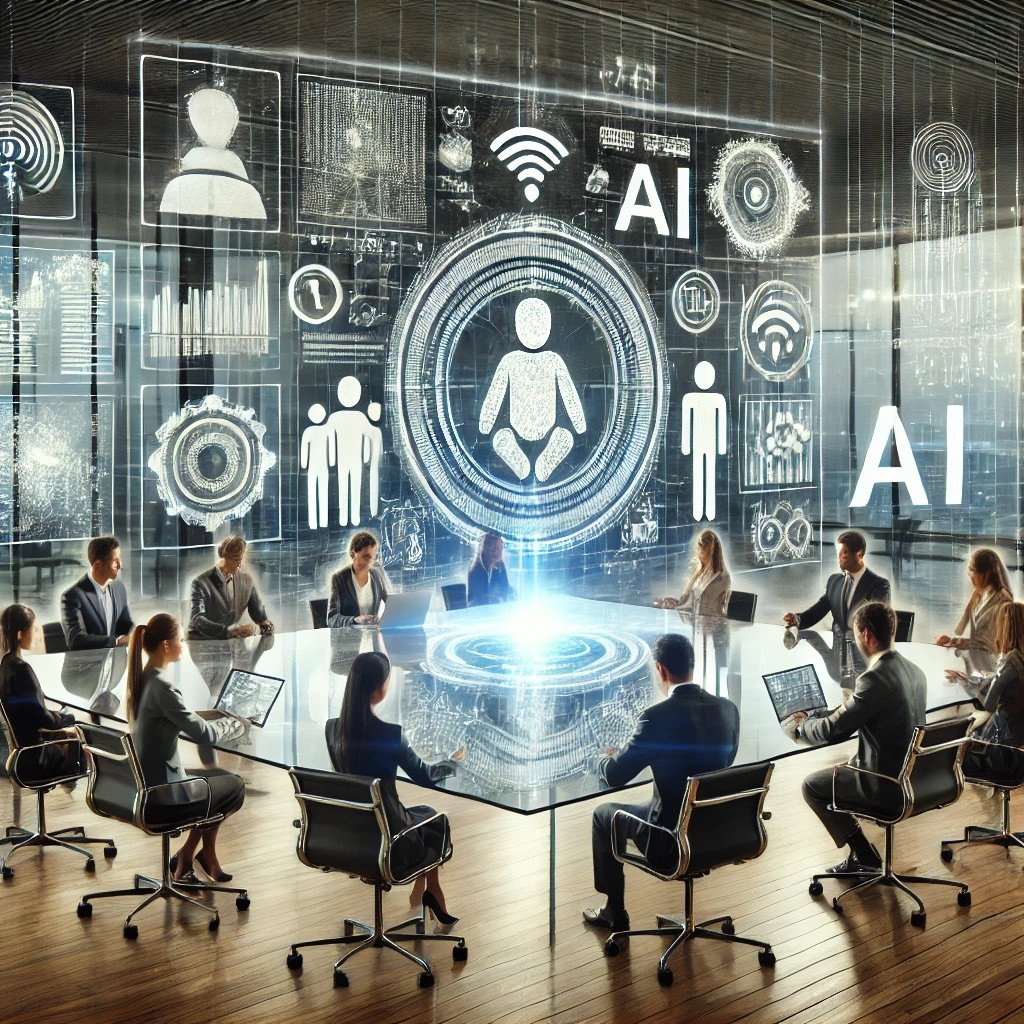
Mitigating the Risks: A Comprehensive Guide to AI Risk Assessment for Businesses
AI presents both opportunities and risks for businesses, making it essential to conduct thorough risk assessments. One significant risk stems from bias in AI algorithms. If the data used to train models is skewed or incomplete, AI systems can produce discriminatory or inaccurate outcomes, potentially leading to unfair treatment of customers or employees. This can damage a company's reputation and expose it to legal challenges. Additionally, businesses relying heavily on AI systems for decision-making may face issues related to transparency. AI models, particularly those involving deep learning, often operate as "black boxes," making it difficult to understand how decisions are made. This opacity can raise trust concerns among stakeholders and hinder accountability.

Artificial Intelligence and the Knowledge Worker
As AI and automation evolve, the nature of knowledge work is expected to change. Routine and repetitive tasks are likely to be further automated, pushing knowledge workers to focus on strategic thinking, creativity, and complex problem-solving. This trend makes collaboration between AI and human intelligence critical for future workplace productivity.
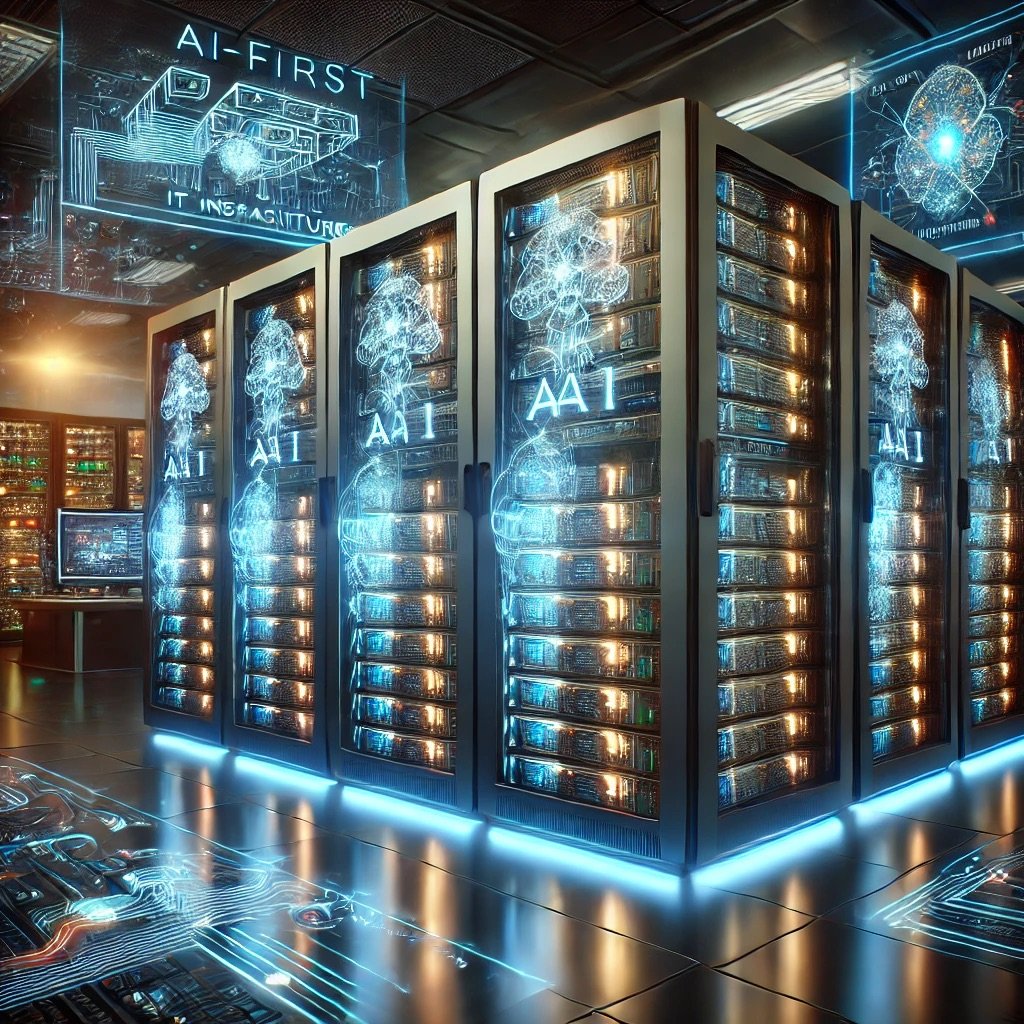
Building an AI-First IT Infrastructure: Best Practices and Challenges
Building an AI-first IT infrastructure requires a robust, scalable foundation capable of managing the high computational demands, large datasets, and complex algorithms needed to power AI applications. In this post we explores the key components of such infrastructure, from computing power with CPUs, GPUs, and specialized AI chips like TPUs and FPGAs, to efficient data storage systems like data lakes and distributed file systems. In addition it looks at best practices for networking, cloud and edge computing, AI development tools, and model deployment while addressing common challenges like high infrastructure costs, data management, skill gaps, and integration with legacy systems.
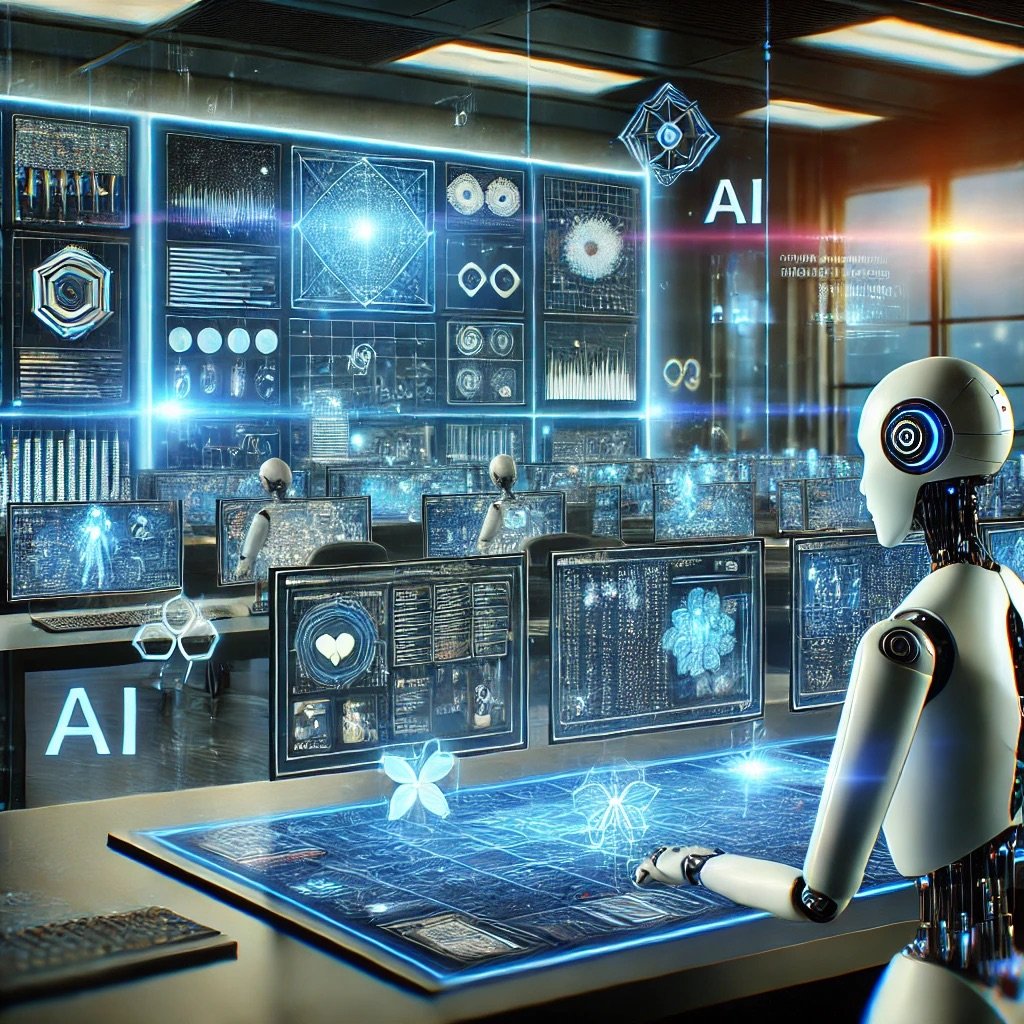
AI-Powered IT Service Management: Streamlining Support and Maintenance
The introduction of artificial intelligence (AI) to IT Service Management (ITSM) is creating the opportunity to reshape how organizations manage and deliver IT services. With the rapid increase in the use of AI technologies, businesses are automating routine tasks, predicting potential IT issues, and enhancing user experiences in ways that were previously difficult to impossible. AI-powered chatbots and virtual autonomous agents now handle common IT inquiries, providing immediate assistance for tasks such as password resets or troubleshooting, significantly reducing the workload on human agents. At the same time, AI is enabling predictive maintenance, allowing IT teams to anticipate and address infrastructure failures before they cause disruptions. By analyzing large datasets, AI-driven systems can classify and route tickets, ensuring that issues are addressed quickly and accurately, while also offering real-time solutions to support teams based on historical knowledge.
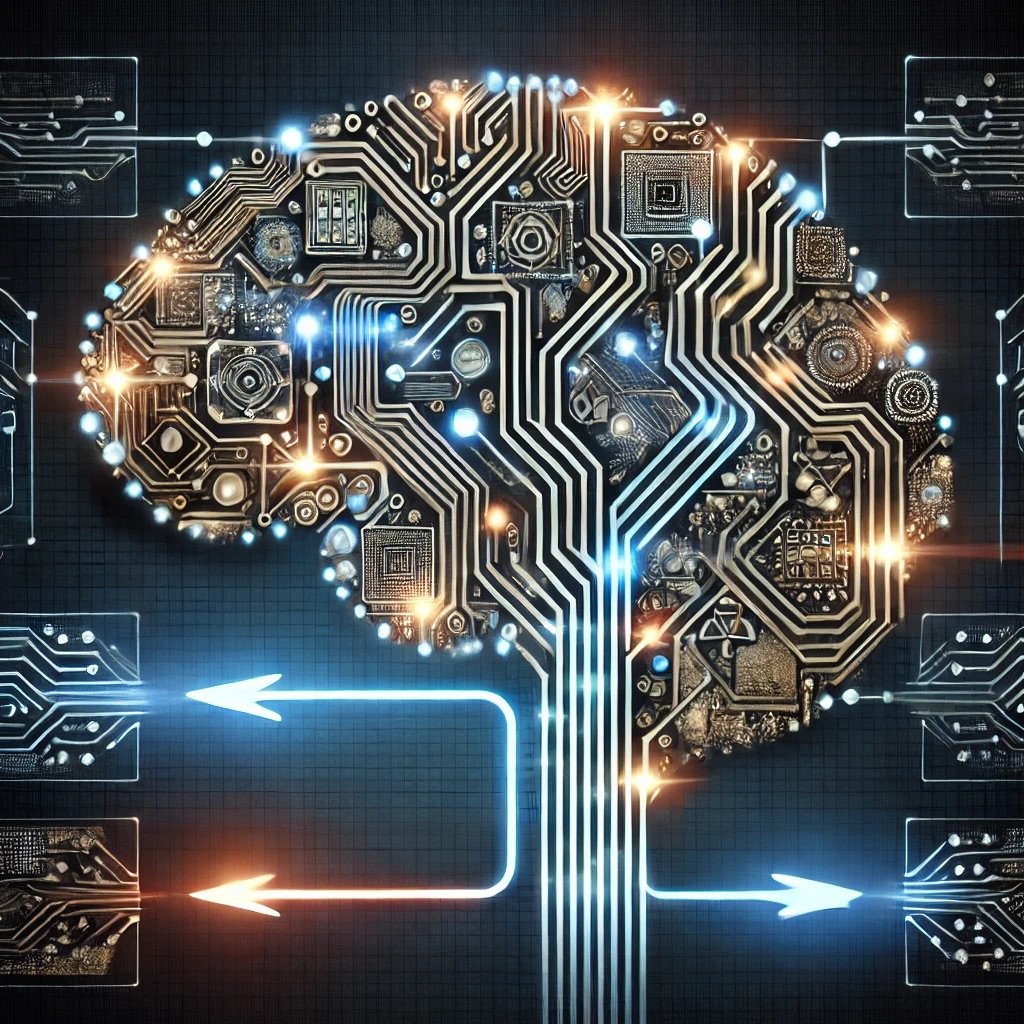
The Chain of Thought Prompting Technique: Help LLMs Solve Complex Problems
LLMs often face challenges when tasked with solving complex problems that require multi-step reasoning or logical deductions. Without clear guidance, they can leap to conclusions, miss crucial intermediate steps, or provide overly simplified answers that don't account for the full depth of the problem. This limitation arises because traditional prompts tend to encourage LLMs to produce direct responses rather than methodically breaking down tasks. For complex reasoning, such an approach can lead to mistakes or incomplete explanations, as the model doesn't always naturally follow the nuanced steps required to solve a problem properly. This is where Chain of Thought (CoT) prompting comes in.
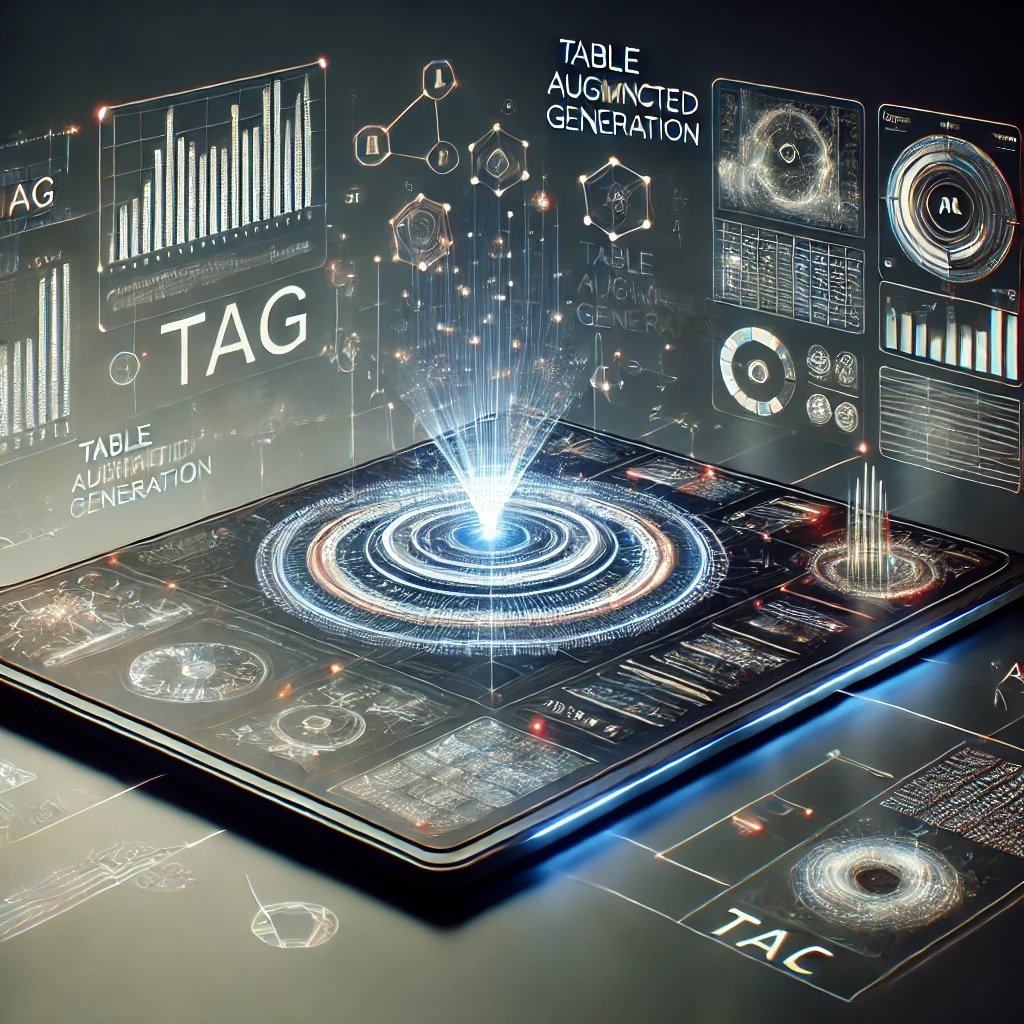
Table Augmented Generation
Table Augmented Generation (TAG) is a new approach in natural language processing (NLP) that merges structured data, such as tables, with text generation models. The goal of TAG is to enhance the accuracy, relevance, and depth of machine-generated content by allowing models to reference and reason over tabular data. By integrating tables into the generation process, TAG can significantly improve outputs in areas like report generation, business intelligence, and customer service, where both numerical and textual information are crucial.

The Rapid Evolution of Enterprise AI
The rapid integration and embedding of AI into enterprise applications reshapes how businesses operate, particularly with the fusion of embedded generative AI and traditional AI. Embedded traditional AI has long powered data-driven decision-making and operational efficiencies across industries, but the rise of generative AI introduces a new dimension—enabling systems to create, reason, and generate insights dynamically. As these technologies converge, a new era of AI-driven innovation is emerging, particularly with autonomous agents that not only automate tasks but also learn and adapt to complex scenarios. By combining the precision and reliability of traditional AI with the creativity and adaptability of generative AI, enterprises can leverage more sophisticated solutions, enhancing everything from customer service to product development. This evolution signals a shift toward AI systems that are both proactive and reactive, marking a transformative moment in enterprise technology.

From Content to Action, The Evolution of AI Agents
As generative AI continues to evolve it is moving beyond its origins of content creation and into autonomous actions. Initially celebrated for its ability to generate text, images, and even code, generative AI is now being engineered to take decisive, independent actions based on the information it produces. This transition marks a fundamental shift in how we interact with AI, no longer seeing it solely as a tool for creativity and output but as an intelligent agent capable of making decisions, executing tasks, and autonomously solving problems. This evolution is a key component for the growing use of decision intelligence tools to fully automate many business tasks, as well as support automation with human oversight and human in the loop decisions.
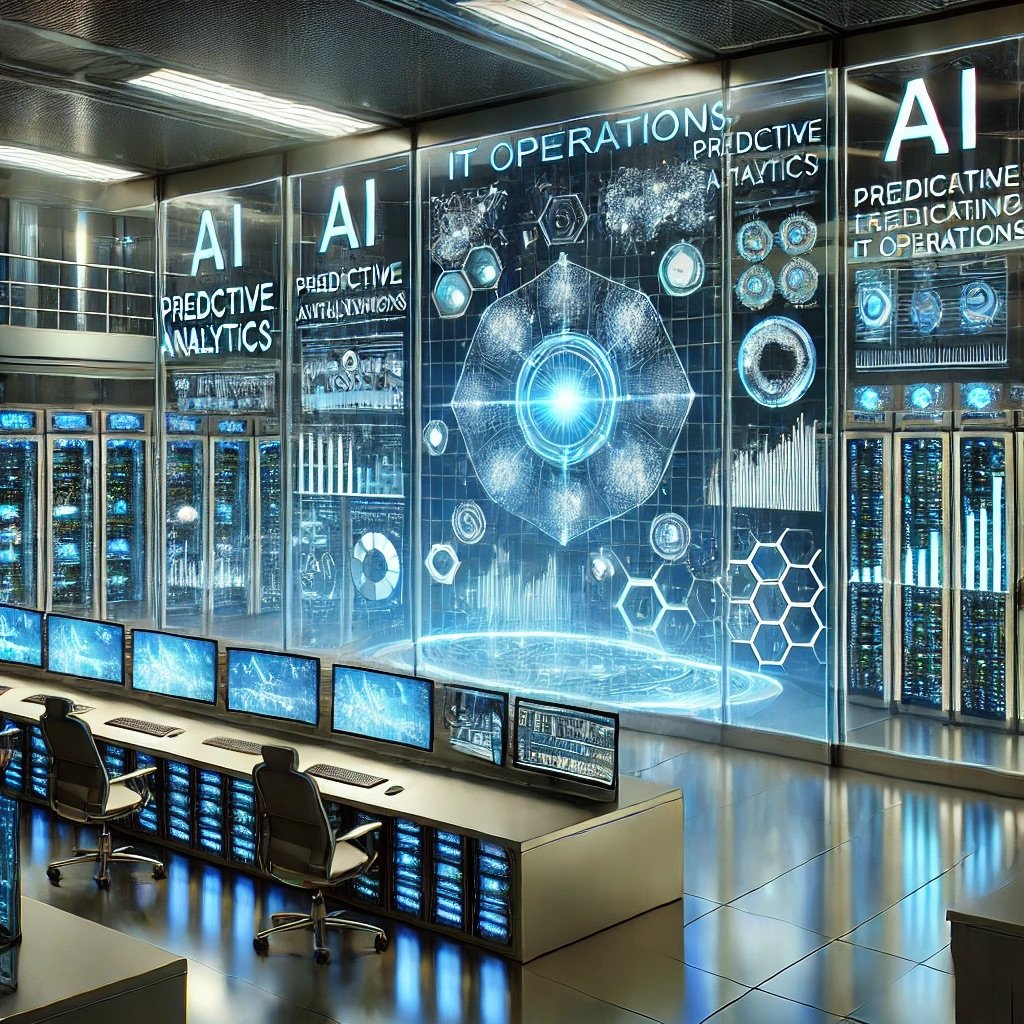
Predictive Analytics in IT Operations: Streamlining Management with AI
Predictive analytics powered by AI is transforming IT operations by enabling a proactive approach to managing infrastructure, service delivery, and system performance. Rather than responding reactively to system failures and disruptions, organizations can now harness AI-driven insights to anticipate issues before they arise. This shift allows for early detection of potential failures, enabling IT teams to resolve problems swiftly and reduce downtime. Predictive analytics also plays a key role in optimizing resource allocation by forecasting demand and dynamically scaling IT resources to meet business needs. By enhancing incident prioritization and automating routine tasks, AI helps improve the speed and efficiency of service delivery. Predictive maintenance, powered by AI models, reduces the risk of unplanned outages by identifying and addressing hardware and system vulnerabilities before they lead to failure. With the added benefits of enhanced security, automated threat mitigation, and operational intelligence, AI-powered predictive analytics is paving the way for more efficient, cost-effective IT operations while significantly minimizing downtime and improving overall service quality.

Assessing AI Organizational Maturity
Assessing your AI maturity is a critical first step in developing a robust and effective AI strategy. As organizations increasingly adopt AI technologies to drive innovation, efficiency, and competitive advantage, understanding where you stand in your AI journey becomes an essential part of the process. AI maturity assessment provides a comprehensive view of your organization’s current capabilities, identifying strengths, weaknesses, and areas for growth. By evaluating your maturity level, you gain valuable insights into how well your organization is prepared to integrate AI into its operations, scale initiatives, and ultimately realize the full potential of these technologies.

Generative AI Industry Use Cases - Infographic
The other way to examine generative AI is in specific industry vertical applications. The path of horizontal technology often leads to more industry focused functionality that addresses the unique needs and requirements of each vertical. This infographic breaks down some of the more compelling industry vertical use cases. These use cases build off the base categories (see the previous use case infographic) to meet specific needs in each covered vertical.
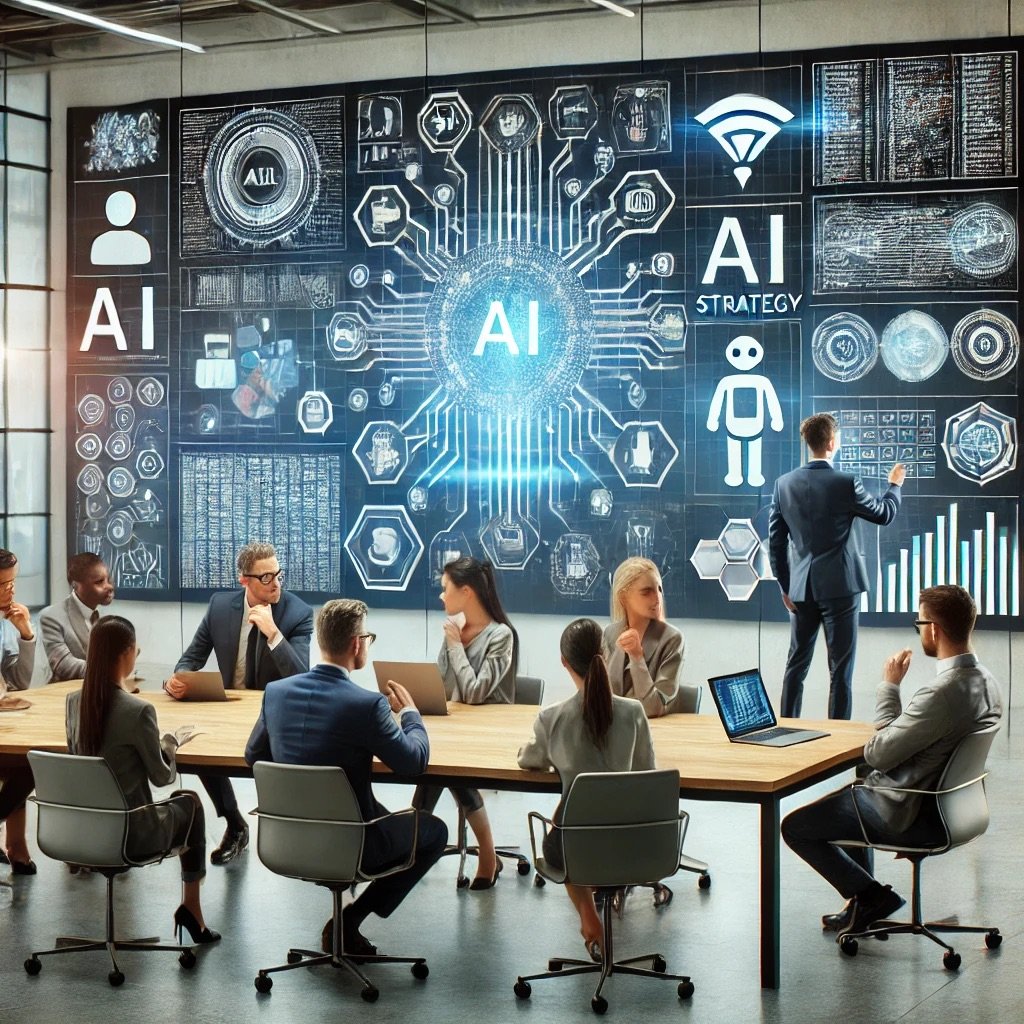
Building an IT Strategy that Embraces AI
With the rapid growth and availability of artificial intelligence (AI), building or refreshing an IT strategy is crucial for companies to stay competitive, agile, and resilient in an increasingly digital and data-driven world. AI is rapidly transforming industries, creating new opportunities for innovation, efficiency, and customer engagement. However, to fully leverage the potential of AI, companies need an IT strategy that is not only aligned with their business goals but also adaptable to the rapid pace of technological change.
